A new idea with less of code (from my article: https://verpex.com/blog/website-tips/css-shapes-the-heart)
.heart {
display: inline-block;
width: 200px;
aspect-ratio: 1;
border-image: radial-gradient(red 69%, #0000 70%) 84.5%/50%;
clip-path: polygon(-41% 0, 50% 91%, 141% 0);
}
<div class="heart"></div>
<div class="heart" style="width:100px"></div>
<div class="heart" style="width:50px"></div>
Using mask, we can apply it to an image:
img {
width: 200px;
aspect-ratio: 1;
object-fit: cover;
--_m: radial-gradient(#000 69%,#0000 70%) 84.5%/50%;
-webkit-mask-box-image: var(--_m);
mask-border: var(--_m);
clip-path: polygon(-41% 0,50% 91%, 141% 0);
}
/* fallback until better support for mask-border */
@supports not (-webkit-mask-box-image: var(--_m)) {
img {
--_m:
radial-gradient(at 70% 31%,var(--c) 29%,#0000 30%),
radial-gradient(at 30% 31%,var(--c) 29%,#0000 30%),
linear-gradient(#000 0 0) bottom/100% 50% no-repeat;
-webkit-mask: var(--_m);
mask: var(--_m);
}
}
body {
margin: 0;
min-height: 100vh;
display: grid;
grid-auto-flow: column;
place-content: center;
gap: 30px;
background: pink;
filter: drop-shadow(0 0 10px #ff3e60)
}
<img src="https://picsum.photos/id/1027/300/300" alt="the face of a beautiful girl">
<img src="https://picsum.photos/id/64/300/300" alt="another beautiful girl">
Old answer
Here is another idea using one element and relying on multiple backgrounds to achieve the heart shape. You can also easily adjust the size by only changing the width:
.heart {
width:200px;
background:
radial-gradient(circle at 60% 65%, red 64%, transparent 65%) top left,
radial-gradient(circle at 40% 65%, red 64%, transparent 65%) top right,
linear-gradient(to bottom left, red 43%,transparent 43%) bottom left ,
linear-gradient(to bottom right,red 43%,transparent 43%) bottom right;
background-size:50% 50%;
background-repeat:no-repeat;
display:inline-block;
}
.heart::before {
content:"";
display:block;
padding-top:100%;
}
<div class="heart">
</div>
<div class="heart" style="width:100px">
</div>
<div class="heart" style="width:60px">
</div>
<div class="heart" style="width:30px">
</div>

You can also use mask and you can have any kind of coloration:
.heart {
width:200px;
display:inline-block;
-webkit-mask:
radial-gradient(circle at 60% 65%, red 64%, transparent 65%) top left,
radial-gradient(circle at 40% 65%, red 64%, transparent 65%) top right,
linear-gradient(to bottom left, red 43%,transparent 43%) bottom left ,
linear-gradient(to bottom right,red 43%,transparent 43%) bottom right;
-webkit-mask-size:50% 50%;
-webkit-mask-repeat:no-repeat;
mask:
radial-gradient(circle at 60% 65%, red 64%, transparent 65%) top left,
radial-gradient(circle at 40% 65%, red 64%, transparent 65%) top right,
linear-gradient(to bottom left, red 43%,transparent 43%) bottom left ,
linear-gradient(to bottom right,red 43%,transparent 43%) bottom right;
mask-size:50% 50%;
mask-repeat:no-repeat;
background:linear-gradient(red,blue);
}
.heart::before {
content:"";
display:block;
padding-top:100%;
}
<div class="heart">
</div>
<div class="heart" style="width:100px;background:linear-gradient(45deg,grey 50%,purple 0)">
</div>
<div class="heart" style="width:60px;background:radial-gradient(red,yellow,red)">
</div>
<div class="heart" style="width:30px;background:blue">
</div>

How does it works?
The whole shape is combined using 4 gradients: 2 gradients to create the top part and 2 for the bottom parts. each gradient is taking 1/4 of size and placed at a corner.
Use a different color for each gradient to clearly identify the puzzle
.heart {
width:200px;
background:
radial-gradient(circle at 60% 65%, red 64%, grey 65%) top left,
radial-gradient(circle at 40% 65%, blue 64%, black 65%) top right,
linear-gradient(to bottom left, green 43%,black 43%) bottom left ,
linear-gradient(to bottom right,purple 43%,grey 43%) bottom right;
background-size:50% 50%;
background-repeat:no-repeat;
display:inline-block;
border:5px solid yellow;
}
.heart::before {
content:"";
display:block;
padding-top:100%;
}
<div class="heart">
</div>




